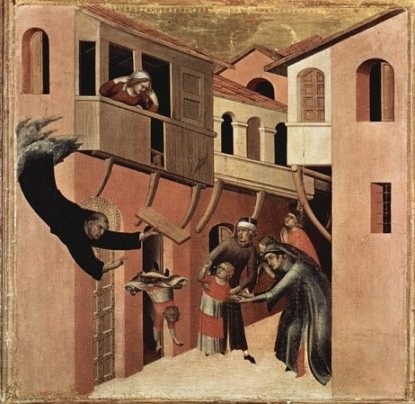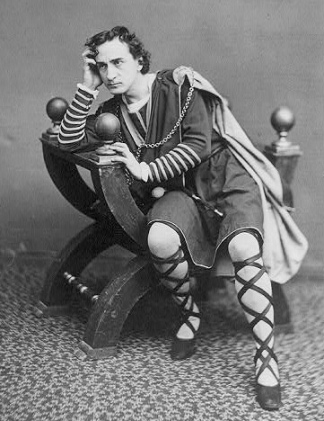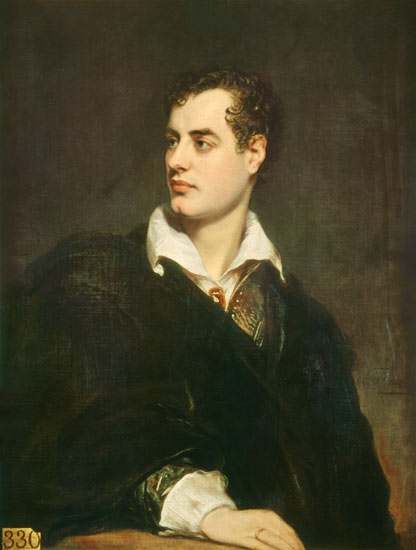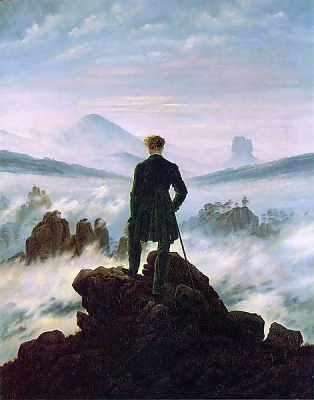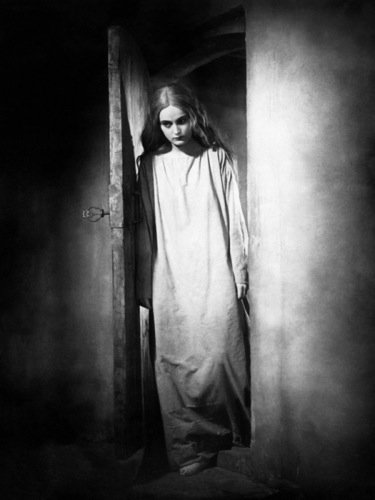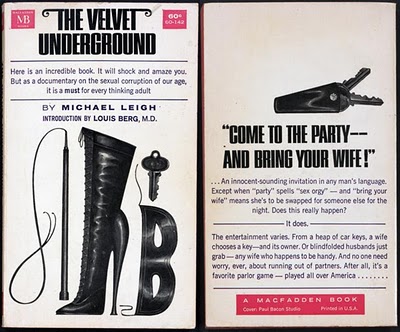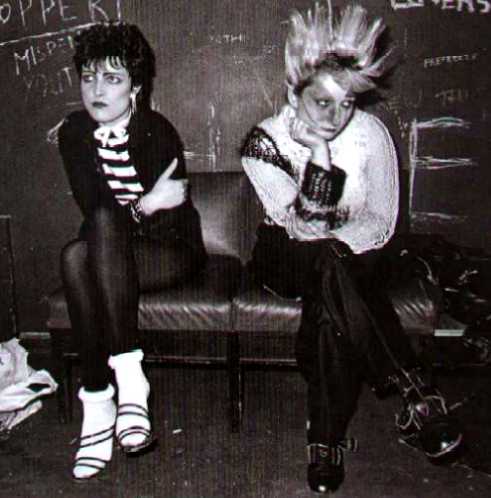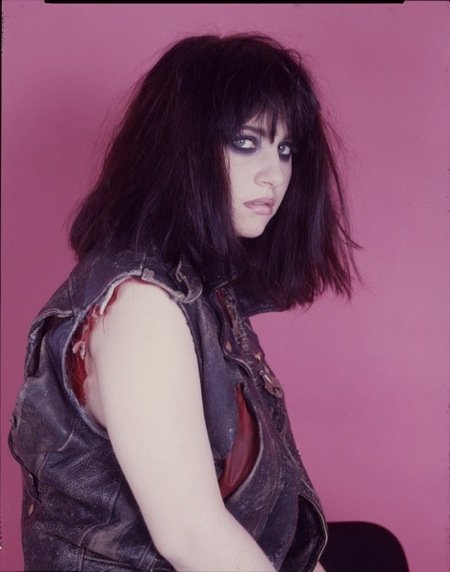|
Gothic Fashion InfluencesGothic fashion did not just spring up, fully formed, one morning in London in 1979. Over the past thirty years, this fashion has evolved, sometimes dramatically, by incorporating elements from disparate cultures, subcultures and religious traditions. It's often difficult to do an epidemiology on fashion trends, especially when years have passed and memories have faded. All chronological statements are therefore approximations and should be taken with a grain of salt. Ancient Egypt
Ancient Egyptian women wore kohl, a powder made from lead sulfide, on their eyes, to give them a dramatic look. Some women even had kohl blown into their open eyes from a young age, to give them smokey eyes in adulthood. Times have fortunately changed, and women can easily duplicate the ancient egyptian eye makeup using much safer and more hygienic cosmetics. Tombs, murals and paintings of ancient Egyptians show them wearing very dramatic eye makeup. Often they had thick black eyeliner extending past their eyes , as well as lines extending from the lower eyelid down into the face. This look was replicated by Elizabeth Taylor in Cleopatra; later, Siouxsie Sioux took this look to extremes, giving herself large, highly-defined black eyebrows with dark, smokey eye makeup on her upper lids. The Ankh, or a cross with a loop on top of it, was a popular accessory for many goths in the mid- to late-1990s. In ancient Egyptian folklore, the ankh was the "key of life," or a symbol for immortality; it appeared frequently in ancient Egyptian tombs, often showing a god or goddess giving the ankh to the dead person, and thus giving them eternal life. Celtic Symbolism
There are few surviving manuscripts writting in Gaulish; druids were forbidden from writing down certain verses due to their religious significance. Despite, or perhaps because of this, celtic influence on modern goth fashion is primarily aesthetic. Celtic wheels, claddagh rings and celtic crosses are popular with goths for aesthetic, religious, ethnic or symbolic reasons. Celtic knots, like the one above, are popular details for rings, necklaces and embroidered dresses. However, they are associated with fans of fantasy literature (think Lord of the Rings) and are therefore avoided by more high fashion goths. Medieval Gothic Art
No list of gothic fashion influences is complete without at least mentioning this. The word "goth" originally applied to a group of Germanic peoples. Their name eventually became synonymous with "barbarian," since they had the audacity to invade, and even sack, Rome. During the Renaissance, while the enlightenment flourished, art critics looked back at the middle ages as a time of ignorance, superstition and, yes, barbarism. The term "gothic," then, was originally a pejorative, used to describe this rude, ignorant culture; it was only later that "gothic" became synonymous with the mysterious, supernatural atmosphere that surrounded these buildings and artworks. The strong religious motifs of gothic art have been appropriated, even by irreligious goths, for their emotional power and cultural significance. Hamlet, Prince of Denmark
Seems, madam! nay it is; I know not 'seems.' Shakespeare's Prince of Denmark was an original goth. Melancholy, emotional, given over to philosophical maundering and fits of madness, Hamlet was hugely influential in the later romantic movement, and thus in gothic fashion. Hamlet dresses in all black as an outer sign at his inner grief over the death of his father. He is a skilled rhetorician and employs courtly, highly developed language to express his grief over the death of his father. This is one of the most well known examples of how philosophy expresses itself through "the trappings and the suits of woe" (or any other emotion, for that matter). Hamlet's philosophy and his black clothing are both expressions of the same inner self. Ophelia, Hamlet's love interest, was a popular figure in Romantic paintings, and thus became a style inspiration to modern goths as well. She is typically painted with long, golden-brown hair, in a white dress, either sitting on the willow branch which broke and drowned her, or in the water, drawing close to death. The Romantic Movement
The Romantic influence on gothic fashion is unmistakable and unsurprising. The Romantic movement was, in part, a rebellion against the sunny optimism of the Enlightenment and the scientific rationalization of nature. In England and Germany, where the movement was strongest, artists combined emotive passion with lugubrious yearning for some forbidden or forbidding love. Due to this movement, young men began wearing "poet's shirts," or long, flowing white shirts with loose collars. Dress became exaggerated and "democratic," which meant fewer aristocratic pretensions and plainer fabrics. Women, however, who were still constrained in corsets, full skirts and petticoats. During the Renaissance, "gothic" was a pejorative term, meaning barbaric or uncivilized. It was used to describe what we now call gothic architecture, such as Chartres Cathedral in France, and Marburger Schloss in Hesse, Germany. By the late 18th century, the word's meaning had transmuted to imply the mysterious, dimly-lit, otherwordly atmosphere of these buildings.
Romantic writers like Mary Shelley In the early 1980s, the New Romantics updated this look with drawstring collars, black pants and large, backcombed hairdos. Victorian EnglandVictorian dress was one of the most sexualized dress styles in recent memory. Corsets and bustles emphasized the breast and buttocks, while tightly-laced boots and giant hats gave a flirtatious air to women's dress. Men wore hats and three-piece suits, as well as greatcoats. Some men wore corsets as well. Victorian styles have influenced gothic fashion through many direct and indirect channels. Although early goths eschewed this look for Vivienne Westwood inspired (and designed) punk knock-offs, later goths enjoyed this high-maintenance aesthetic. Gothic lolita and steampunk fashion both borrow heavily from Victorian fashion; high-fashion, high-maintenance goths are attracted to the formal figure cut by these clothes. The allure of lace-up boots, petticoats, top hats, lace and frills is hard to resist for some, and easy to resist for others. The Weimar Republic
Three movements from the Weimar Republic influenced gothic fashion: German expressionism, Bauhaus design and cabaret culture. Expressionist art presents the world in a completely subjective perspective, often distorting reality violently to present a vivid, emotional version of reality. The most influential aspect of German expressionism was the aesthetic (or weltanschauung?) of 1920s silent movies like The Cabinet of Dr. Caligari, Metropolis, Asta Nielsen's Hamlet and Nosferatu. These movies distorted perspective and stylized art design to achieve highly cinematic, symbolic effects. Expressionist films also used stark contrasts to achieve a dramatic effect; in consequence, one sees the characters with dark eyes, dark lips and deathly pale skin. The resemblance to later gothic makeup is unmistakeable. Bauhaus was a design school founded by Walter Gropius in 1919. Its members were not opposed to German Expressionism, but they took an almost polar opposite approach, building rigid, geometrical buildings for the world of "radios and fast cars." This trend spread throughout Europe, notably to Budapest in the 1930s and 40s, where Jugendstil had previously reigned supreme. The band Bauhaus is named after this school of design. During the "Golden Twenties," Berlin was seen as the capital city for decadent sexuality, especially male homosexuality. German cabaret was then a popular art form, which combined ribald displays of sexuality with political and social satire. Makeup was dramatic, even on men, and clothes were skimpy and androgynous. This world was memorably chronicled by Christopher Isherwood in Goodbye to Berlin The theatricality, creativity and chaos of 1920s Berlin, and 1920s German art, is both interesting and influential. This influence extends to gothic fashion. Fetish Fashion
Fetish fashion refers to the style of dress which arose in London's gay s&m scene after World War II. Fishnets, black leather and vinyl, and biker gear were all popular; pin-up girls like Bettie Page donned them for racy photoshoots. During the 1960s and 70s, this subculture came "out of the closet" through rock bands like the Velvet Underground. Vivienne Westwood was one of the first punks to incorporate S&M regalia into her outfits; it's through her that gothic fashion came to incorporate it. 1970s Punk
Early gothic bands, like Bauhaus, Joy Division and Siouxsie and the Banshees emerged out of the 1970s London punk scene. Designer Vivienne Westwood, and her then-partner Malcolm McLaren, were almost the architects of early gothic fashion, combining ripped fishnets and S&M gear with neo-Edwardian and punk rock clothes. The earliest goths congregated at the Batcave club in London, leading to their alternate nickname of "batcavers." An early Birthday Party song, "Release the Bats," pointedly makes fun of them. No Wave
A short-lived artistic movement, no wave began in New York City. No wave art and music was nihilistic in the extreme, and some of its most prominent figures, like Lydia Lunch, influenced the goth movement's style. Related Reading: Goth, a Brief History and Introduction Return to Enjoy Your Style's subcultures page. Return to Enjoy Your Style's home page. Not what you're looking for? Find it, below: |
Search this site:







